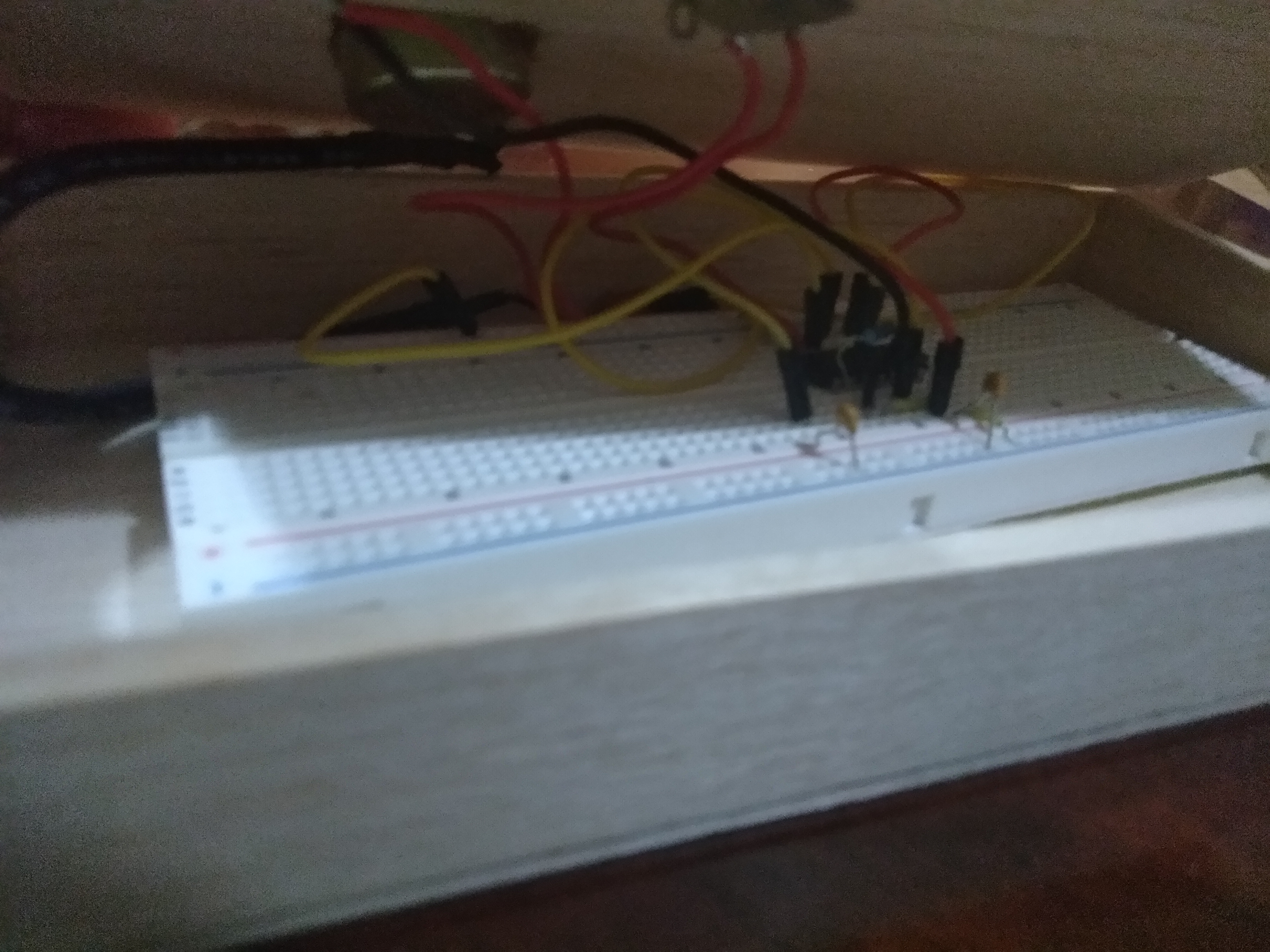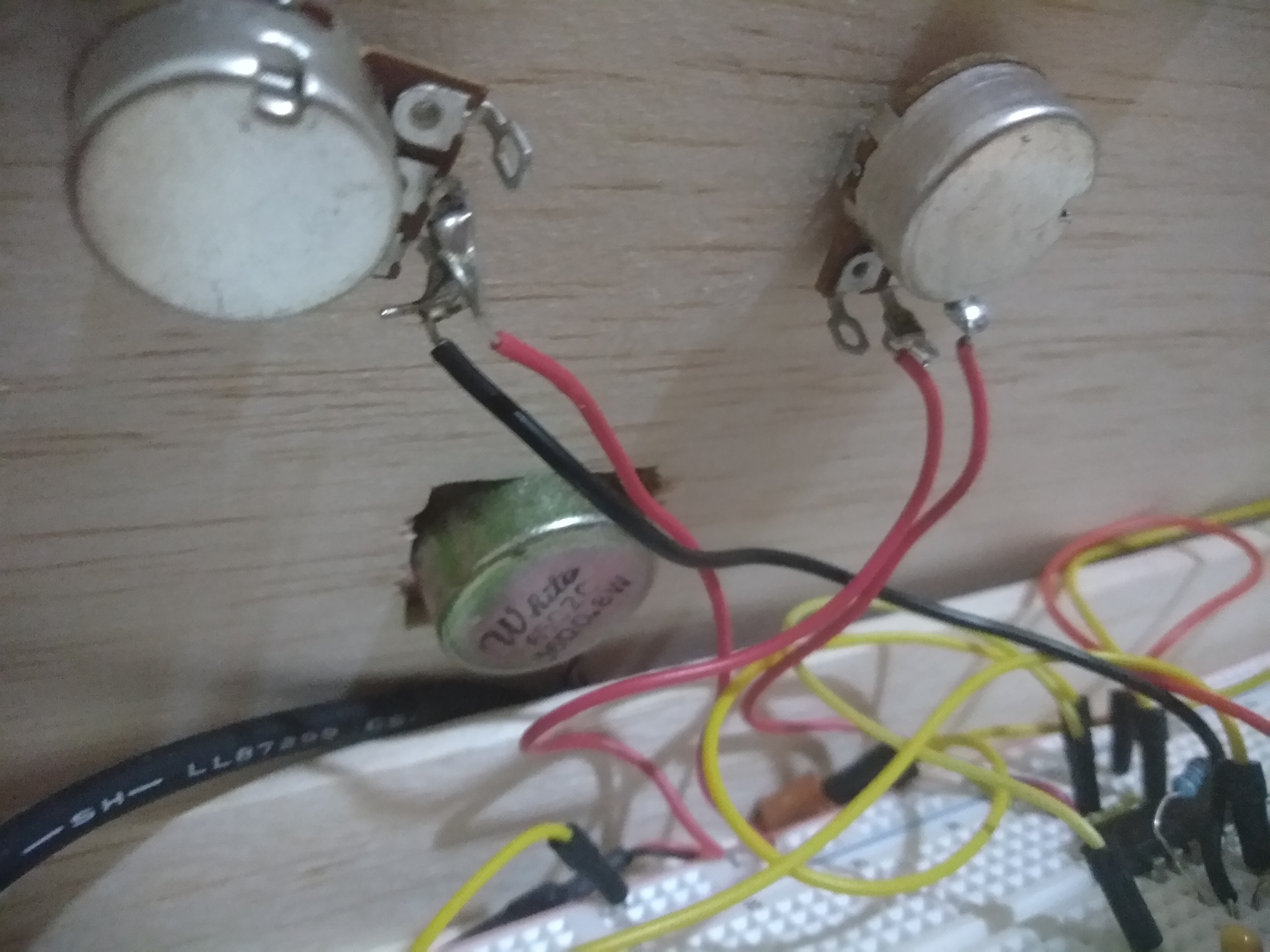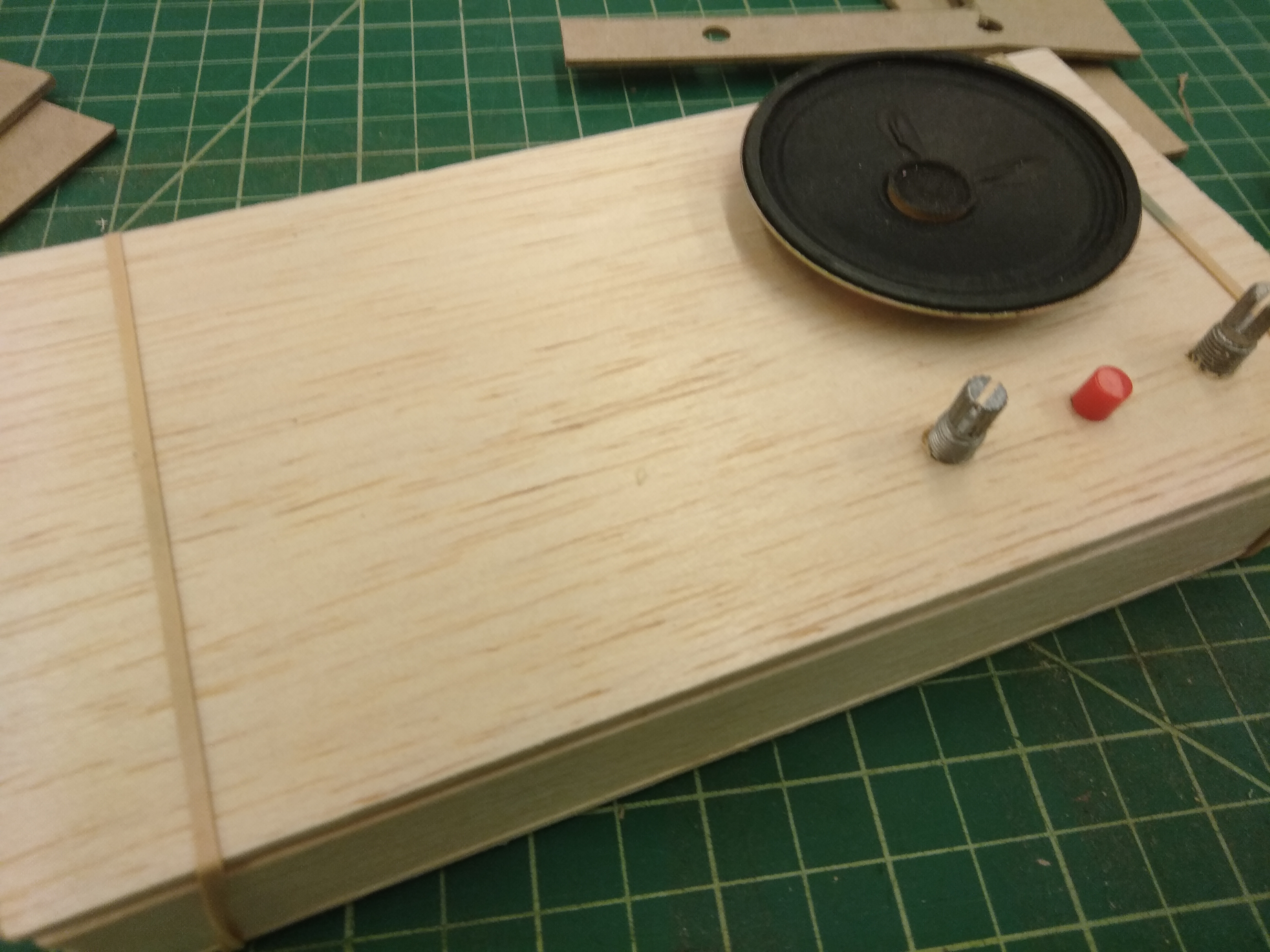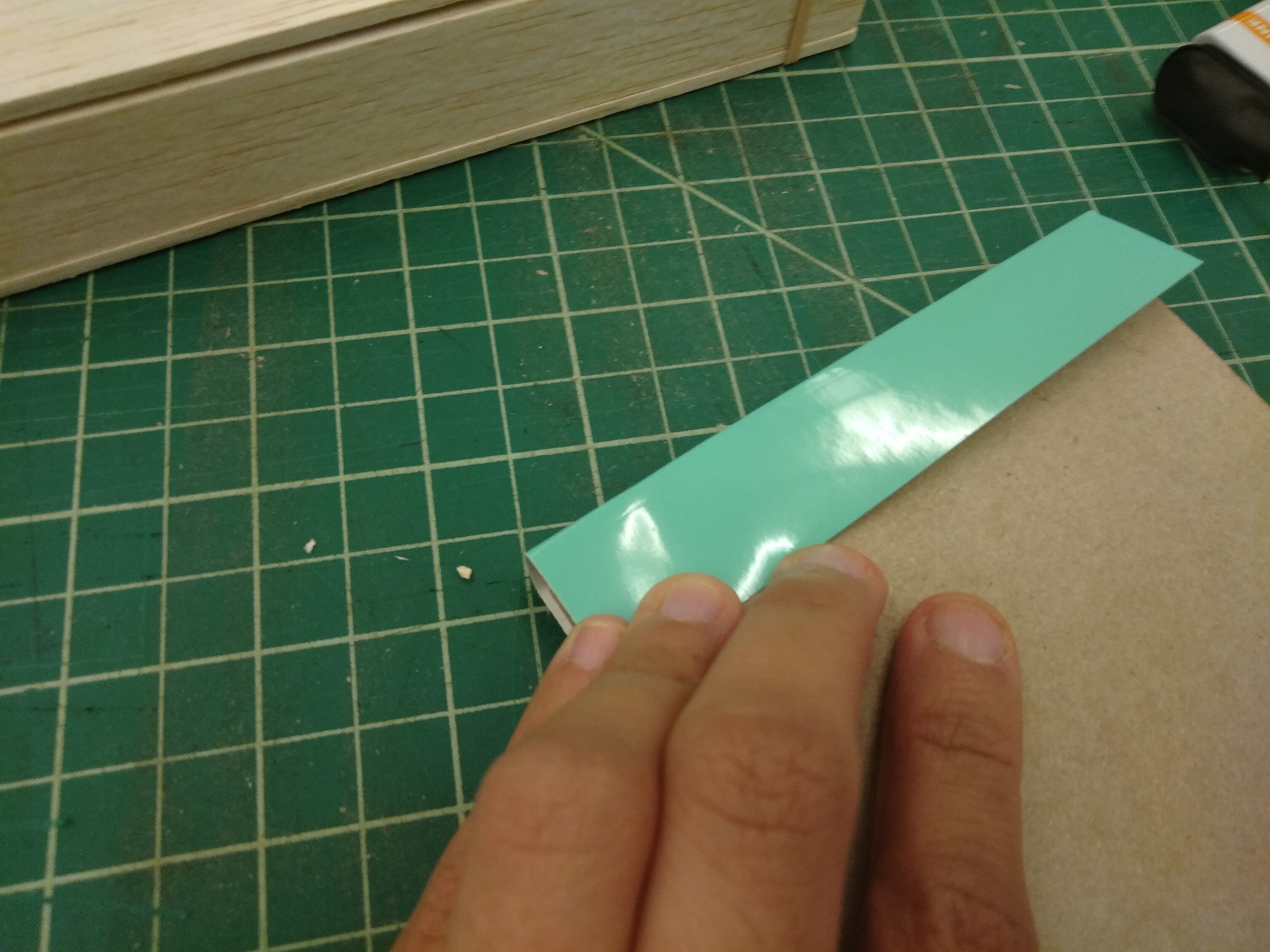An experiment on Interaction Design for Learning
Beep Beep Meow
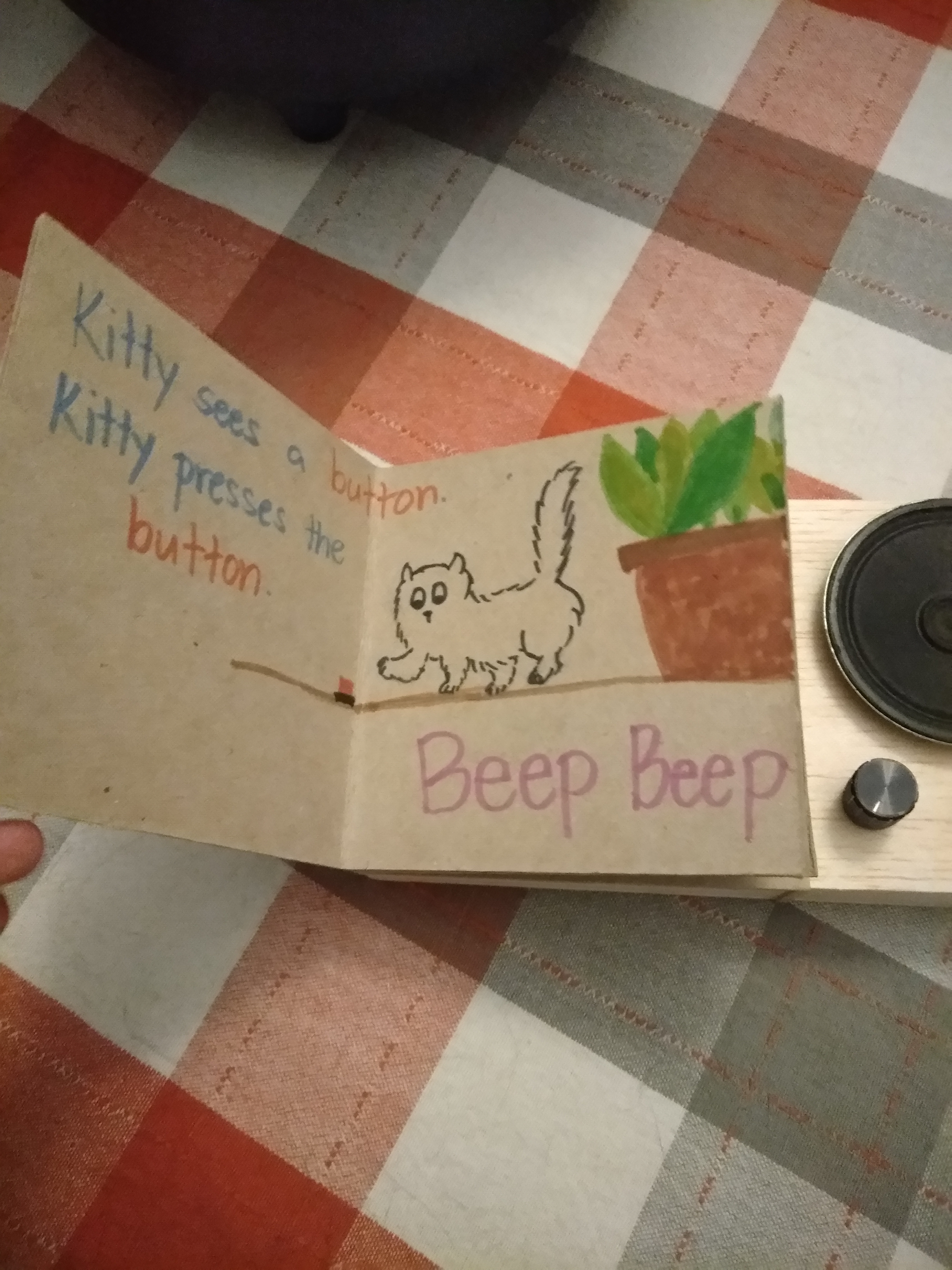
How do you interact with a book? How does a book’s design change your interaction with it?
These were two questions I had when I started this project for my interaction design course. I also asked myself how learning is affected by the design of a book. Could a book be redesigned to help enhance learning or even just enhance the experience of reading?
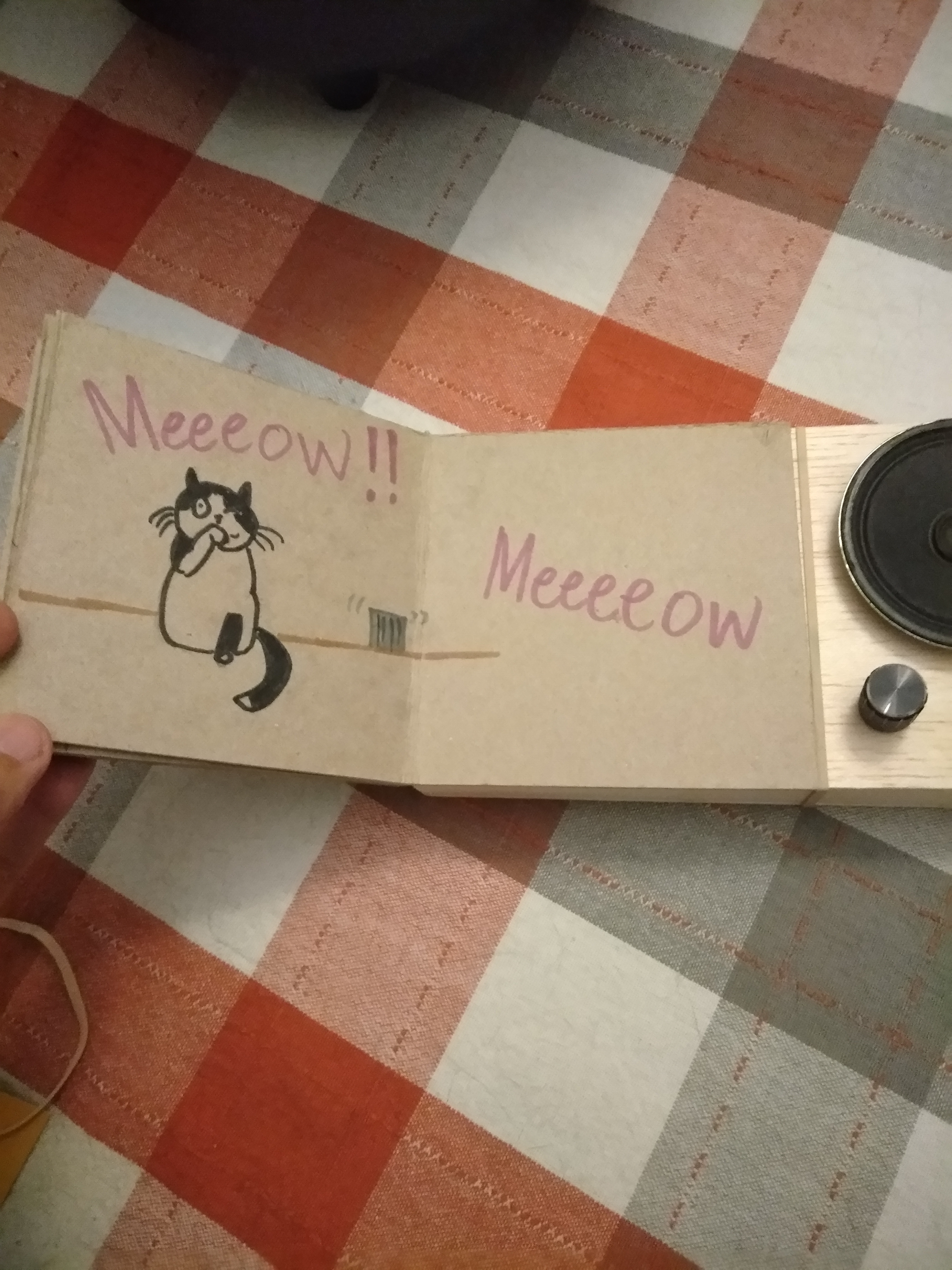
I began by thinking of a specific audience. For this project, I focused on younger students learning to read. I had heard about how it was important to sounds with letters and words for younger readers. I also felt that it would be good for learners to connect not just sounds and letters, but also actions. My inspiration for this book was a Filipino book entitled “Prrrrrt Utot!” by Ana de Borja Araneta and Krie Reyes Lopez. The book is all about water buffaloes passing gas. The authors wanted children to be more comfortable with bodily functions while connecting sounds to words.
The book is made with board book material. I used sticky paper to bind the book together. The book is attached to a small box made of balsa wood. Inside is an Atari Punk Console (APC) circuit which is connected to a speaker. The idea is for children to read the book and turn the knobs or press the button at the same time. That way, children can connect action words with actual actions, while connecting the sounds that the circuit makes with letters in the book.
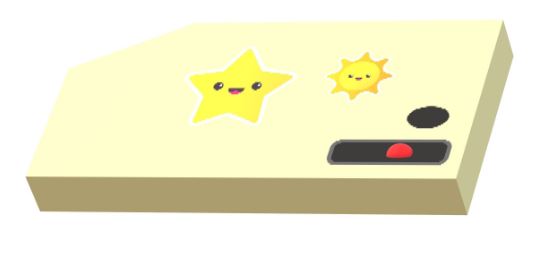
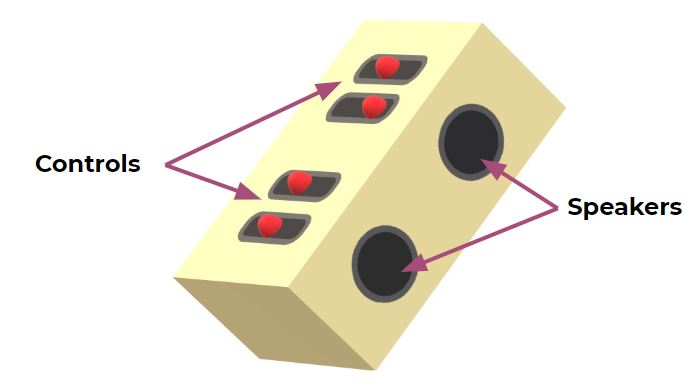
Two initial designs I played around with. I wanted to create something children could interact with. I initially thought about creating a toy, but by adding a book to either design, I could take the interaction up to a higher level than just play.
What I would do differently
If I were to do this project again in the future, I would focus on a different topic. Instead on focusing on young readers, I would focus on middle school learners. This project would be perfect for learning about how wavelengths affect sound. To do this, I would add a display panel that students can use to see the wavelength of sound as they interact with the APC. Instead of telling a story about a cat, the book will explain what waves are and how waves affect the sounds that we hear.
More about this work

